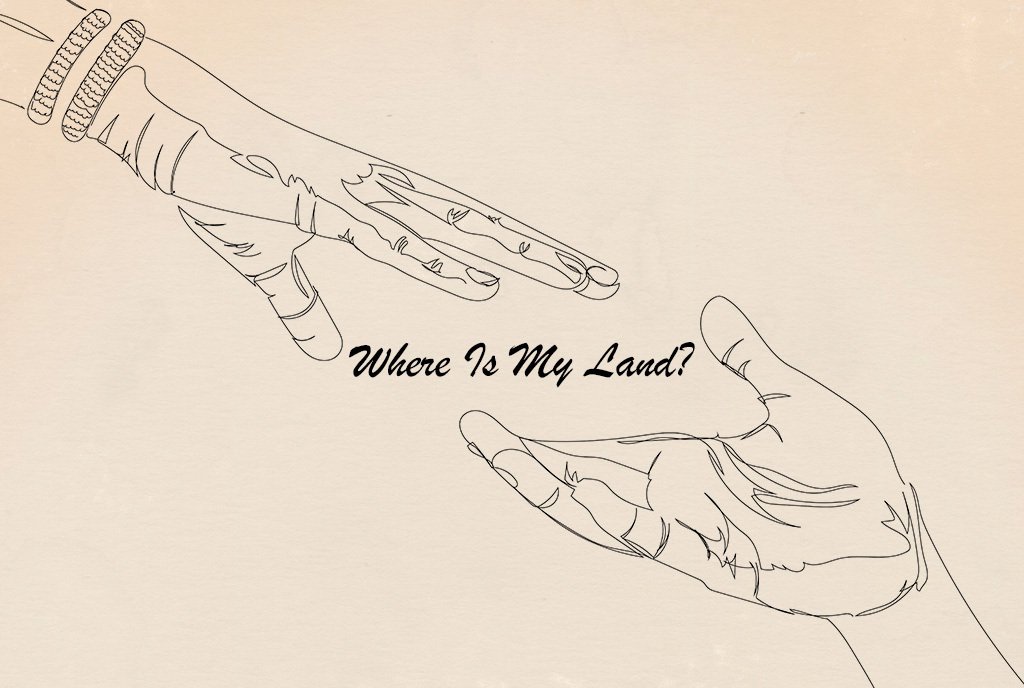
June 12, 2020; Medill Reports
Chicago’s Garfield Park Conservatory expected around 70,000 visitors to pass through its doors in spring of 2020. While the oasis in the middle of a concrete jungle is free to visit, on-site donations and gift shop purchases—which ran $208,679 last spring—usually add up to a hefty and hard-to-replace piece of the revenue in the organization’s annual nearly $2-million operating budget.
Like many nonprofits with a physical location, the Conservatory planned for predictable things like visitor engagement, building maintenance, and staff safety, but they couldn’t anticipate a total shutdown. When the doors slammed shut and the world sheltered in place in March, few could have also predicted the closure would wend its way into summer, sending earnings for an entire fiscal quarter—or more—sliding down the proverbial drain. Adding to the hardship, nonprofits with physical locations still need to maintain buildings. Bills for heat, water, electricity, and security rolled in even during the shutdown.
Sadly, the Conservatory’s situation is hardly unique. Nonprofits from coast to coast faced up to a similar fate. The pain extends beyond lost income. Kristen Merrifield, CEO of the Alliance of Arizona Nonprofits, recently released Arizona’s COVID-19 Nonprofit Pulse Poll. The Alliance surveyed 488 nonprofits of various sizes and locations. Beyond a downturn in program revenue, which nearly 90 percent reported would be a worry, over 40 percent of the respondents worried about the impact of increased demand for services, disruption in supplies needed to operate, and increased staff and volunteer absences during COVID-19.
While concerning, the survey also finds that many nonprofits are receiving increased and more flexible support from foundations. Going further into the data, the Center for Effective Philanthropy found that organizations that were largely funded by foundations were actually sheltered from the financial impact of COVID-19 compared to organizations that relied more on individual donors. Organizations like Garfield Park Conservatory also found flexibility from their foundation partners, which were a lifeline during the crisis. Foundations let programs be delayed or reworked virtually and allowed for monies to be used in an unrestricted fashion. The nonprofits were given the necessary space to innovate, recreate, and survive.
Jim McDonough, executive director at Alphawood Foundation in Chicago, tells the Medill Report the flexibility comes from the fact foundations are partners with nonprofits. You have to be invited to apply, and the relationships are often seen as multi-year investments in the community.
Sign up for our free newsletters
Subscribe to NPQ's newsletters to have our top stories delivered directly to your inbox.
By signing up, you agree to our privacy policy and terms of use, and to receive messages from NPQ and our partners.
During the Great Recession, there was some increase in support. Grants to charities in 2007–08 did go up by about 12.5 percent, according to the Chronicle of Philanthropy. However, the same report found that grants declined eight percent following sharp dips in the stock market in 2009.
Because foundations typically base grants on past returns, there is often a lag between when stock values fall and when foundation grants decline, as Elizabeth Glassman, CEO and president of the Terra Foundation for American Art, points out.
“Right now, we are going to have, and most foundations will have, more money for 2021, ironically, than we might have had in 2020, because it’s based on all those quarters of strong stock market performance and the number has been set,” Glassman explains. “It will be in 2022/2023, that the lower numbers of performance will factor into the amount of money that a foundation has to give away.”
This time, however, a number of foundations and philanthropic groups have called for a change in standard operating procedure. Back in early April, nine philanthropic groups wrote in an open letter that, “Unprecedented challenges require unprecedented responses” and advocated “a casting aside of traditional norms and approaches.”
Examples of groups like the Garfield Park Conservancy point to the fact that for many nonprofits, the increase in flexibility has been both real and highly valuable. A key challenge going forward is to make sure that these new, more flexible philanthropic practices become embedded in the field, meaning that if times remain rough, foundation support will continue to be there—even if the stock market falters.—Carrie Collins-Fadell












